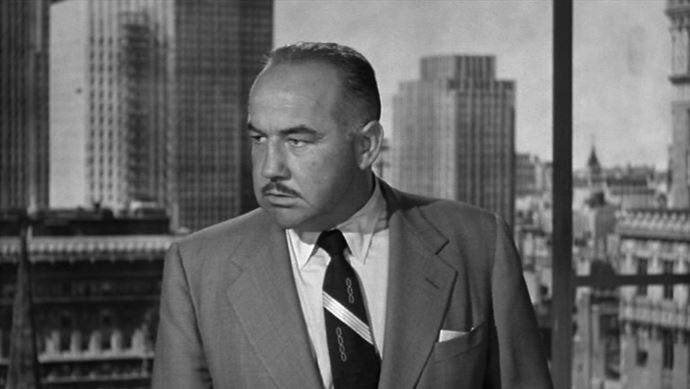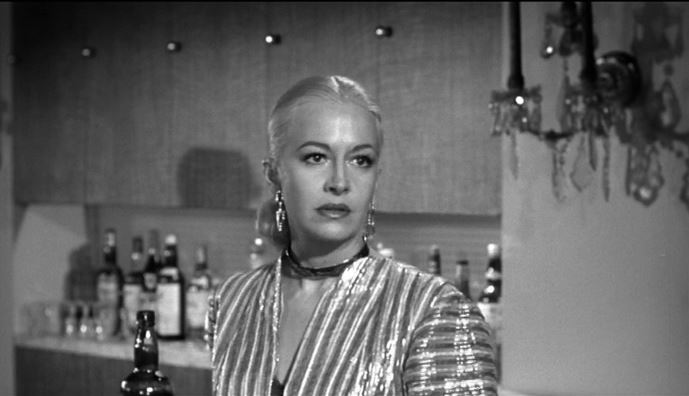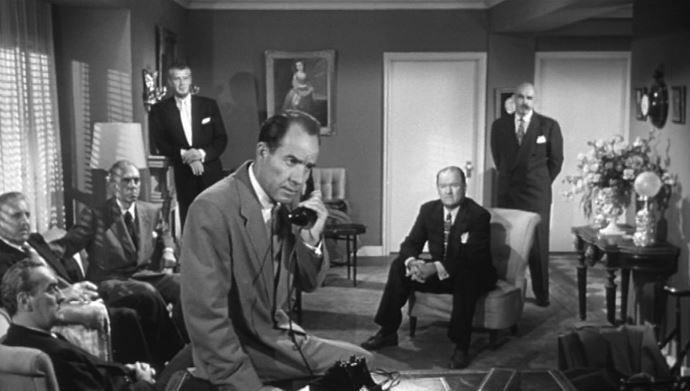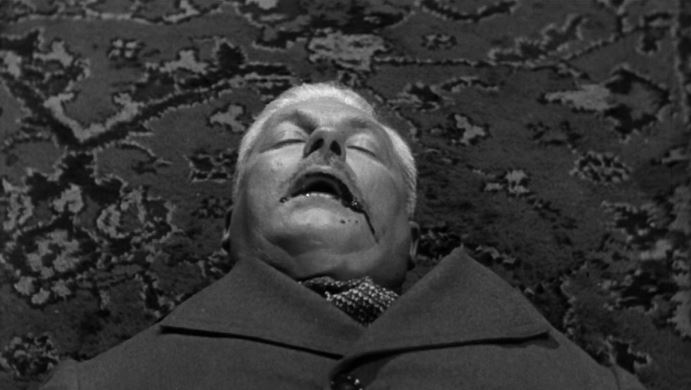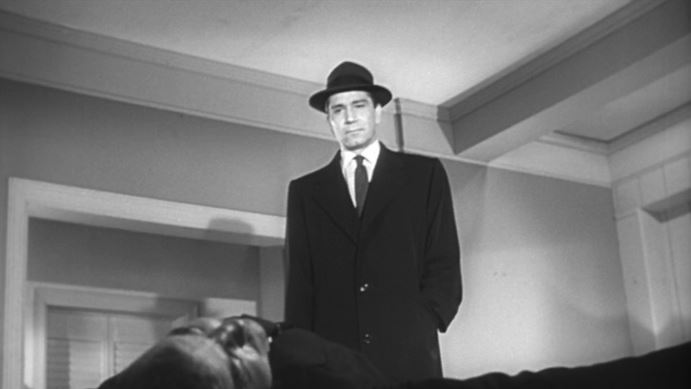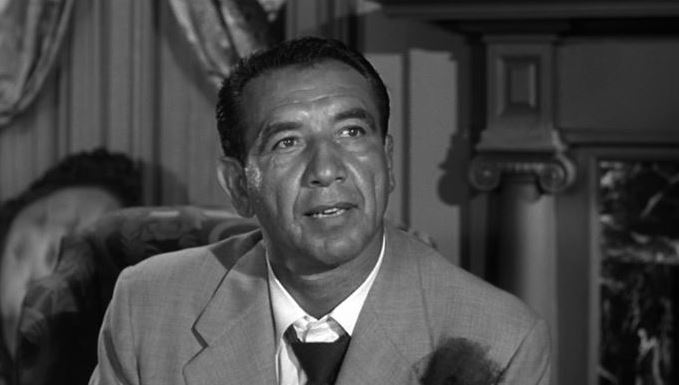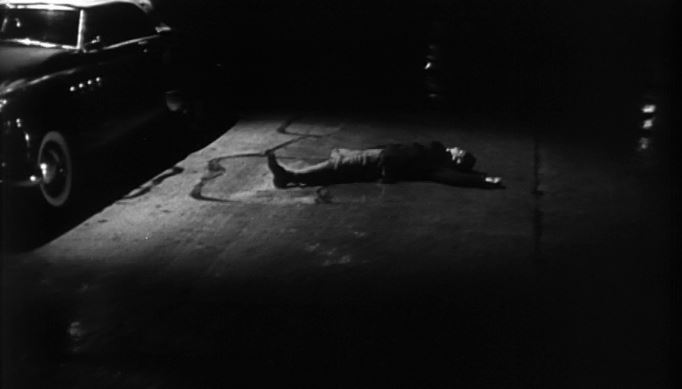In the wake of the televised Kefauver hearings which revealed the extent of organised crime in the US to a fascinated public, Broderick Crawford stepped up to camera to play a leading member of a syndicate, in its Manhattan headquarters. Part documentary, part gangster thriller, New York Confidential (1955) (director Russell Rouse, and staring Richard Conte, Ann Bancroft and Broderick Crawford) is played to perfection and has a strong cast.
New York Confidential almost stands alone. We're much more used to seeing the corporate gangster these days, but in the mid 50s, at the tail end of film noir, it was a far harder pitch.
Read More at Classic Film Noir.
Broderick Crawford as the Manhattan Syndicate Boss
Richard Conte
Marilyn Maxwell
Corporate Crooks
The background is corporate gangsterism. There wasn’t a lot of this portrayed in 1940s cinema, but it was certainly a trend to watch out for in the 1950s. Part of this was that in the 1940s, the FBI spent its time hunting communists, and formulating the dirty tricks program known as COINTELPRO, in order to catch Charlie Chaplin and other commies. The idea of organised crime then was newsworthy and shocking — the idea that alongside the legitimate capitalist outfits running everybody’s lives, there were also illegitimate ones, with just as much power in government. The idea of the gangster film as genre often overlooks the fact of the gangster protagonist, which is understandable as heroes, especially in the days of the Code, were preferred good guys.
By the time of New York Confidential though, the idea of the anti-social hero as typified in The Public Enemy (1930), Scarface (1932) and so forth had blurred entirely. The single-minded pursuit of money by an overachieving aggressive male really took off again in the 1950s, after a break in the 1940s, the period when noir truly developed. In noir, the hero is often there by accident — a real 1940s trope. And in noir, the crimes as again classic 1940s mode, are sexually or psychologically motivated.
The New York Times gave a mixed up review, which is perhaps fair as the film’s a little mixed up too. At one moment the reviewer from February 19, 1955 seems to like it, but winds up saying that it isn’t memorable in the slightest. To the credit of the movie however, there is this from the same review:
Credibility and drive it has, in spades, frankly contending that a diabolically efficient network of blood and terror invariably dissembles within. Such, at any rate, is the case with Mr. Crawford's underworld czardom, seemingly a composite of three notorious mobsters of the last decade, especially one far luckier deportee. The New York City Anti-Crime Committee has publicly vouched for the picture's over-all authenticity.
Maybe authenticity isn’t that useful, or perhaps it’s something that’s only going to drag a film noir to a halt. Noir, after all, has to be about darkness and psychological failure, and enemies that are not entirely obvious.
… the performances are generally vigorous and believable, especially Mr. Crawford and Miss Bancroft. The others, among them J. Carrol Naish, Onslow Stevens, Barry Kelly and Mike Mazurki, do well on the sidelines. All told, they make a stinging, unsavory eyeful. How they got that way might have made them, and "'New York Confidential," even memorable.
Reviews are funny. We lap them up in the newspapers when they are appropriate for a product that’s in the market on that day — but afterwards and with a little historical insight, they seem irrelevant, and generally miss the point. Still, it’s always good to read them and at least be aware of the manufactured consent at any given time.

